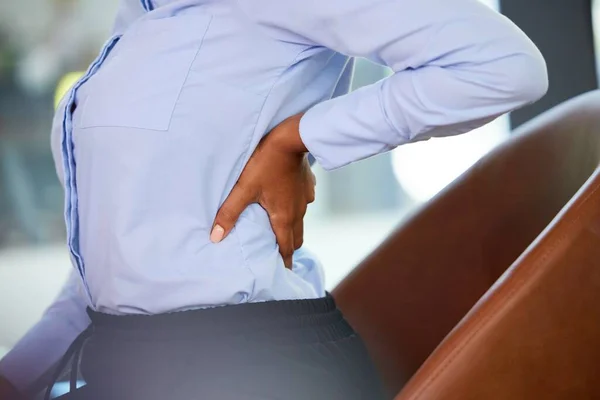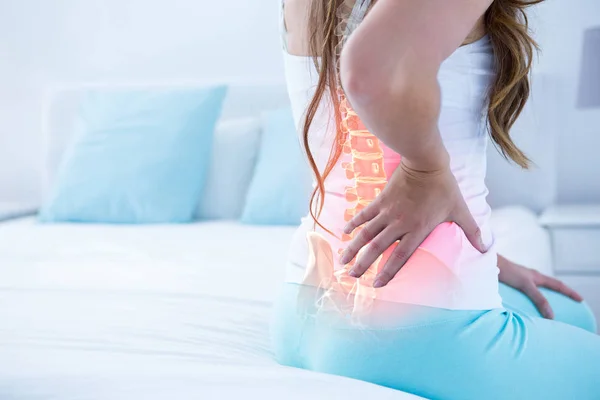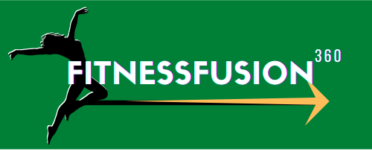Ways To Treat Chronic Back Pain Without Surgery

Article by: Johny Kershaws
Millions of people around the world suffer from the terrible ailment known as chronic back pain. It can drastically lower a person’s quality of life, making even routine everyday tasks difficult. While surgery is often considered a last resort, there are several non-invasive treatments and strategies that can effectively manage chronic back pain. Some various methods to treat chronic back pain without resorting to surgery, each of which plays a crucial role in alleviating discomfort and improving overall well-being.
Physical Therapy
Treatment for chronic back pain that is non-invasive includes physical therapy. It entails a specific training and stretching regimen to increase flexibility and strengthen the muscles supporting the spine. To create a personalized strategy that meets each patient’s unique demands, patients might engage with a physical therapist. Through regular sessions, patients can learn exercises and techniques that help alleviate pain and improve their overall mobility.
Physical therapy aims to reduce pain and prevent its recurrence by enhancing core strength, promoting proper posture, and addressing muscle imbalances. It can also provide education on body mechanics and ergonomics, which can be crucial in preventing future episodes of back pain.
Acupuncture
Acupuncture is an ancient Chinese healing technique that involves the insertion of thin needles into specific body points. It stimulates the body’s natural healing mechanisms and promotes pain relief therapy. While the exact mechanisms are still being studied, many individuals with chronic back pain have reported significant improvements after acupuncture treatments.
Acupuncture may help reduce chronic back pain by releasing endorphins (the body’s natural painkillers) and improving blood circulation to the affected area. It can also help relax tense muscles and reduce inflammation, relieving those suffering from back pain.
Heat Therapy
Heat therapy, or thermotherapy, is a simple yet effective way to alleviate chronic back pain. Applying heat to the affected area can help relax muscles, increase blood flow, and reduce stiffness. Heat can be applied through various methods, including hot packs, warm baths, or heating pads.
Heat therapy benefits individuals with muscle-related back pain or chronic conditions like arthritis. It is essential to use caution when applying heat to avoid burns, and it is advisable to consult a healthcare professional for guidance on its appropriate use.
Spinal Manipulation

Spinal manipulation, often performed by chiropractors or osteopathic physicians, involves manual spine and surrounding tissues adjustments. This technique improves spinal alignment, reduces nerve irritability, and enhances overall musculoskeletal function.
Spinal manipulation is commonly used to treat herniated discs, sciatica, and chronic lower back pain.
During a spinal manipulation, the practitioner uses precise force to manipulate specific spinal joints. This can provide immediate pain relief and improve mobility. It’s essential to consult a qualified healthcare provider before spinal manipulation to ensure it is a safe and appropriate treatment for your condition.
Anti-inflammatory Diet
Nutrition plays a significant role in managing chronic back pain. An anti-inflammatory diet focuses on reducing foods that can trigger inflammation in the body, contributing to pain and discomfort. This diet encourages the consumption of foods rich in antioxidants and anti-inflammatory compounds, such as fruits, vegetables, whole grains, and healthy fats like omega-3 fatty acids found in fish.
An anti-inflammatory diet can help alleviate chronic back pain by reducing inflammation in the body. Also, maintaining a healthy weight through proper nutrition can reduce the strain on the spine, further relieving pain.
Injection-Based Treatments
Injection-based treatments, such as epidural steroid injections or facet joint injections, are minimally invasive procedures for managing chronic back pain when other conservative methods have not provided sufficient relief. These injections deliver medication directly to the affected area, targeting inflammation and reducing pain.
Epidural steroid injections, for example, deliver corticosteroids to the epidural space around the spinal cord, relieving conditions like herniated discs or spinal stenosis. Facet joint injections target the small joints in the spine and can alleviate pain caused by arthritis or mechanical issues. While these treatments can provide temporary relief, they are not a long-term solution and are often combined with other therapies.
Lifestyle Modifications
Lifestyle modifications are essential for managing chronic back pain effectively. Simple changes in daily habits can make a significant difference in reducing pain and preventing future flare-ups. These modifications may include:

Regular Exercise: Engaging in low-impact exercises like walking, swimming, or yoga can help strengthen the muscles that support the spine and improve flexibility.
Proper Lifting Techniques: Learning how to lift objects correctly can prevent strain on the back. Bend at the knees, keep the thing close to your body, and avoid twisting while lifting.
Ergonomic Workspace: Ensure your workspace is ergonomically designed to promote good posture and reduce strain on your back. Use an ergonomic chair, adjust the height of your computer screen, and take regular breaks to stretch.
Stress Management: Chronic stress can exacerbate back pain. Practices like meditation, deep breathing, and mindfulness can help reduce stress and its impact on your back.
Quit Smoking: Smoking can impair blood flow to the spine and hinder the body’s healing ability. Quitting smoking can improve overall spinal health.
Correcting Posture
Poor posture is a common contributor to chronic back pain. It adds stress to the spine, leading to discomfort and potential long-term issues. Correcting posture involves being mindful of your body alignment throughout the day. Here are some tips to improve posture:
Sit and Stand Tall: Maintain a neutral spine position when sitting at a desk or standing. Keep your shoulders back, chin level, and feet flat on the floor.
Ergonomic Support: Use ergonomic chairs and accessories that support good posture. Adjust your chair, keyboard, and monitor to align with your body.
Regular Stretching: Incorporate stretching exercises into your daily routine to loosen tight muscles and maintain flexibility.
Core Strengthening: A strong core can help support your spine and maintain proper posture. Incorporate core-strengthening exercises into your fitness routine.
Conclusion
Chronic back pain can significantly impact one’s quality of life, but surgery is not always the only solution. Pain relief therapy offers a wide range of non-invasive approaches to effectively manage and alleviate chronic back pain. Whether through physical therapy, acupuncture, heat therapy, spinal manipulation, dietary changes, injection-based treatments, lifestyle modifications, or posture correction, individuals suffering from chronic back pain have various options to explore before considering surgical interventions.










